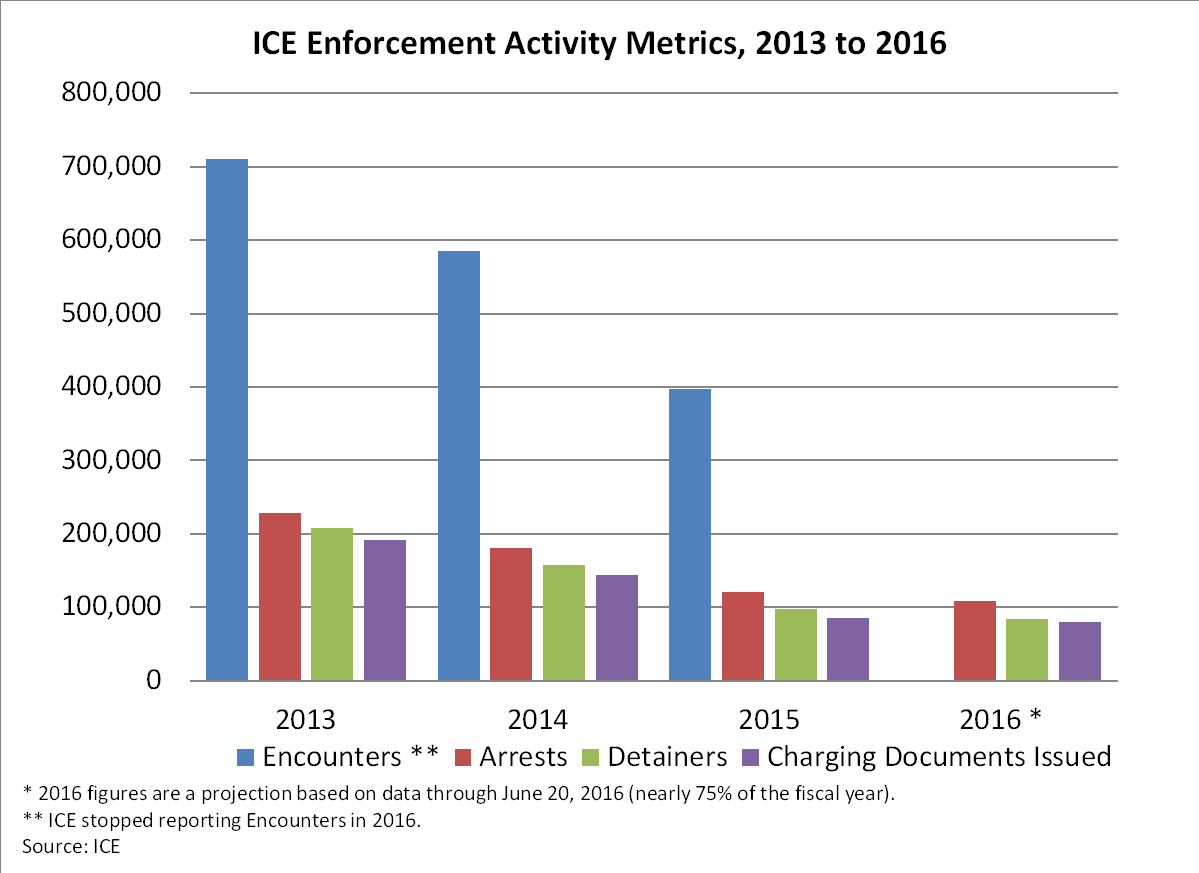New Principles to Help Accelerate the Growing Global Momentum for Carbon Pricing
2015:
- New report shows the number of implemented or planned carbon pricing schemes around the world has almost doubled since 2012, with existing schemes now worth about $50 billion.
- About 40 nations and 23 cities, states or regions are using a carbon price. This represents the equivalent of about 7 billion tons of carbon dioxide, or 12 percent of annual global greenhouse gas emissions.
- And new report lays out six key principles to put a price on carbon – the FASTER principles – for putting a price on carbon based on economic principles and experience of what is already working around the world
The spotlight is on New York now with the upcoming United Nations meeting on the new Sustainable Development Goals, Climate Week New York, and in about two months, global leaders will meet again in Paris for COP 21. More from the World Bank.
California’s Cap-And-Trade Program Is Sick And Will Take High-Speed Rail Down With It
California’s carbon dioxide cap-and-trade auction program was expected to bring in more than $2 billion in the current fiscal year that ends June 30, 2017, a quarter of which is earmarked for the high-speed rail project narrowly approved by voters in a 2008 ballot initiative. As a hedge against uncertainty, a $500 million reserve was built into the cap-and-trade budget. But, with the August auction falling 98.5 percent short, the entire reserve was consumed in the first of four auctions for the fiscal year.
Further complicating matters is a pending lawsuit against the legality of California’s cap-and-trade program. Business groups and fiscal conservatives claim the program amounts to a tax, under a 2010 ballot initiative that better defined what exactly constitutes taxes and fees under California law, thus would requiring a two-thirds majority vote of the legislature.
Further, with the program slated to end in 2020, many businesses that are forced to buy the carbon credits are conflicted by the risk that they may end up buying the California equivalent of Confederate bonds, doomed to be worthless when the state loses its cap-and-trade war.
In the meantime, the High-Speed Rail project, currently promised to cost “only” $68 billion to run from the Bay Area some 400 miles south to Los Angeles may be looking at $50 billion in overruns. To fund the costly train, which was sold to voters as not costing a dime in new taxes, the expected revenue stream from cap-and-trade has been securitized, putting the state on the hook to Wall Street for billions in construction money advanced on the promise of future cap-and-trade revenue.
But the cap-and-trade market is showing dangerous signs of weakness. Not only have auction revenues collapsed in the last two auctions in May and August, but the competitive landscape for the auctions has collapsed as well. The Herfindahl–Hirschman Index (HHI), a commonly-used measure of competitive markets, signaled that last May’s auction was dominated by a sole market player. Last week’s auction improved somewhat, but was still moderately concentrated among a small number of buyers and sellers.
The lack of interest in California’s cap-and-trade carbon credits shows that the Golden State will likely have to come up with a significant amount of General Fund tax revenue, more than $2 billion annually, to build out its government-run rail project—something that isn’t likely to last much beyond the end of Gov. Jerry Brown’s fourth term in office in January 2019.
California’s Cap and Trade Auction is Collapsing
**** Back in 2014:
In part from Politico: Cap and trade was a key part of the George H.W. Bush administration’s strategy for reducing acid rain in 1990, and it would have been the centerpiece of the climate bill that stalled and died in the Senate in 2010.
Despite the concept’s bipartisan heritage, cap and trade has become politically toxic in some circles — especially among supporters of coal, the carbon-intensive fuel that would face the heaviest costs under any trading system. Republicans derided the climate bill as “cap and tax,” while West Virginia Democrat Joe Manchin famously unloaded a rifle into a copy of the legislation during a Senate campaign commercial.
Still, cap and trade never went away.
With RGGI and California combined, about a quarter of the U.S. population lives in areas covered by trading programs designed to drive down carbon emissions, said Janet Peace, vice president of the Center for Climate and Energy Solutions, at a Senate briefing Thursday.
Other programs exist in Alberta, Canada; Australia; New Zealand; Norway; and South Korea. Next year, cap-and-trade programs are expected to launch in Switzerland, Tokyo, the United Kingdom and South Africa. Others are in development or undergoing pilot tests in Brazil, China, India, Japan, Mexico and even Kazakhstan.
“Eventually, 250 million people will be covered by a carbon price in China,” Peace said. The full article here.
*** The New York Times stays current on Cap and Trade.



